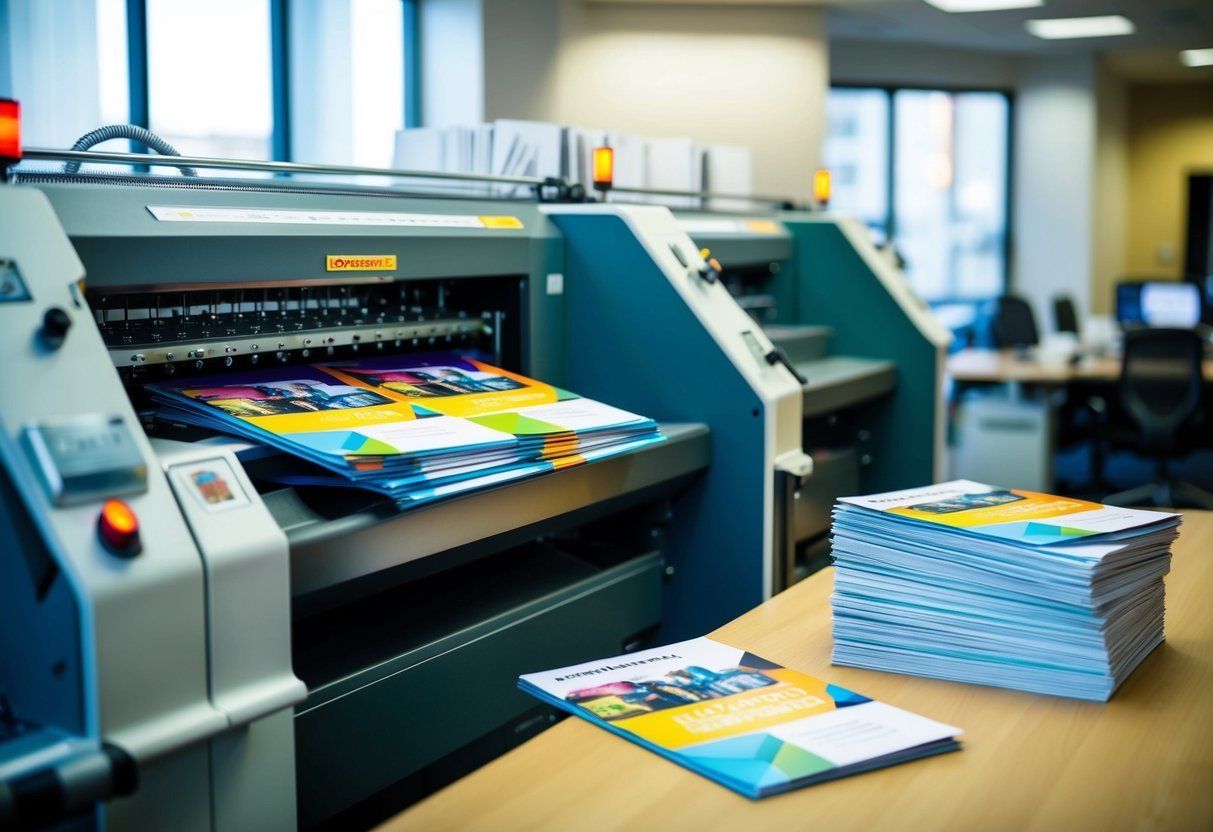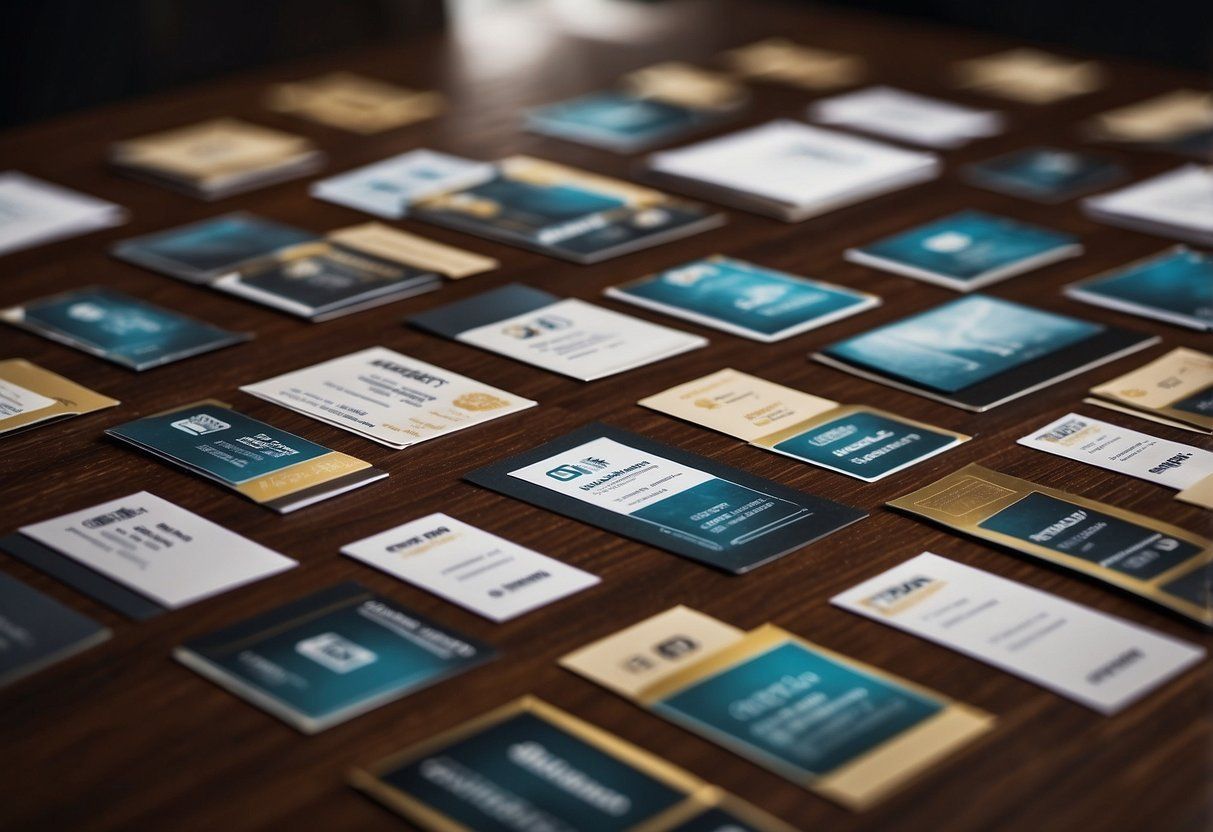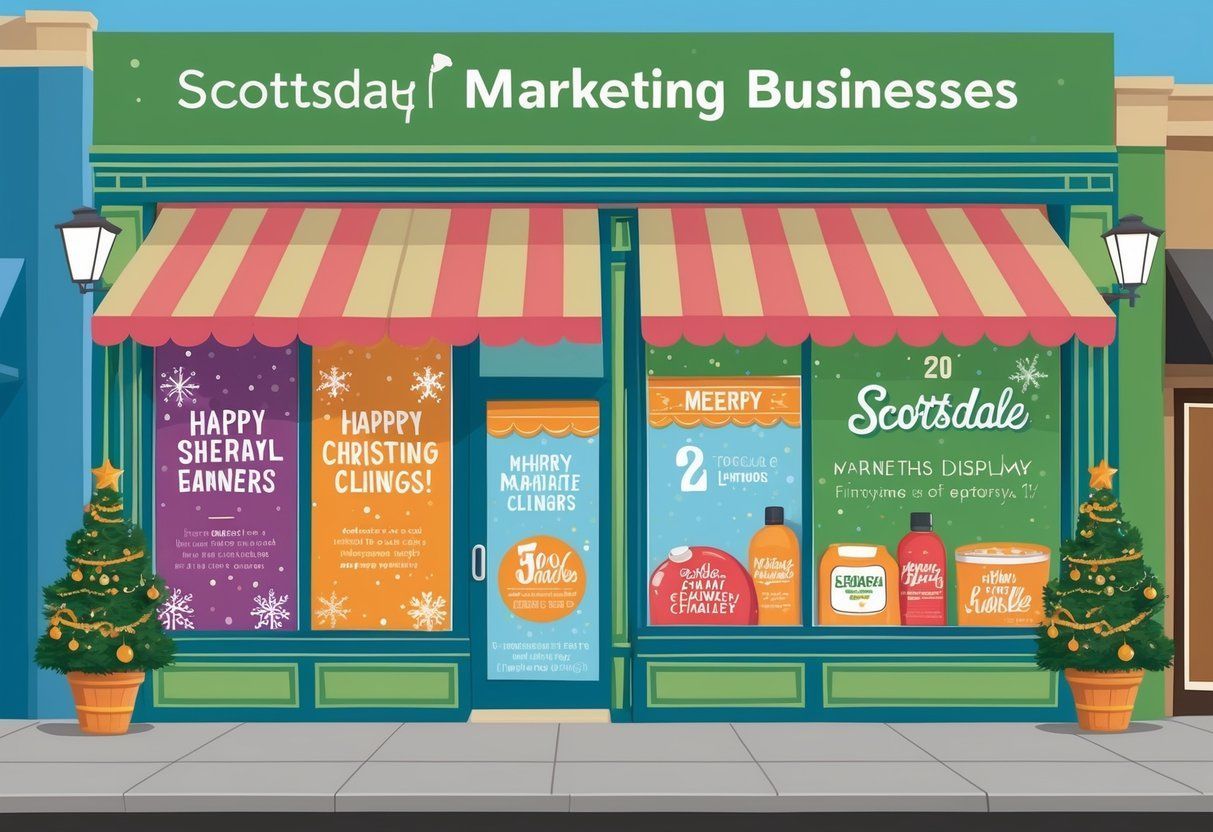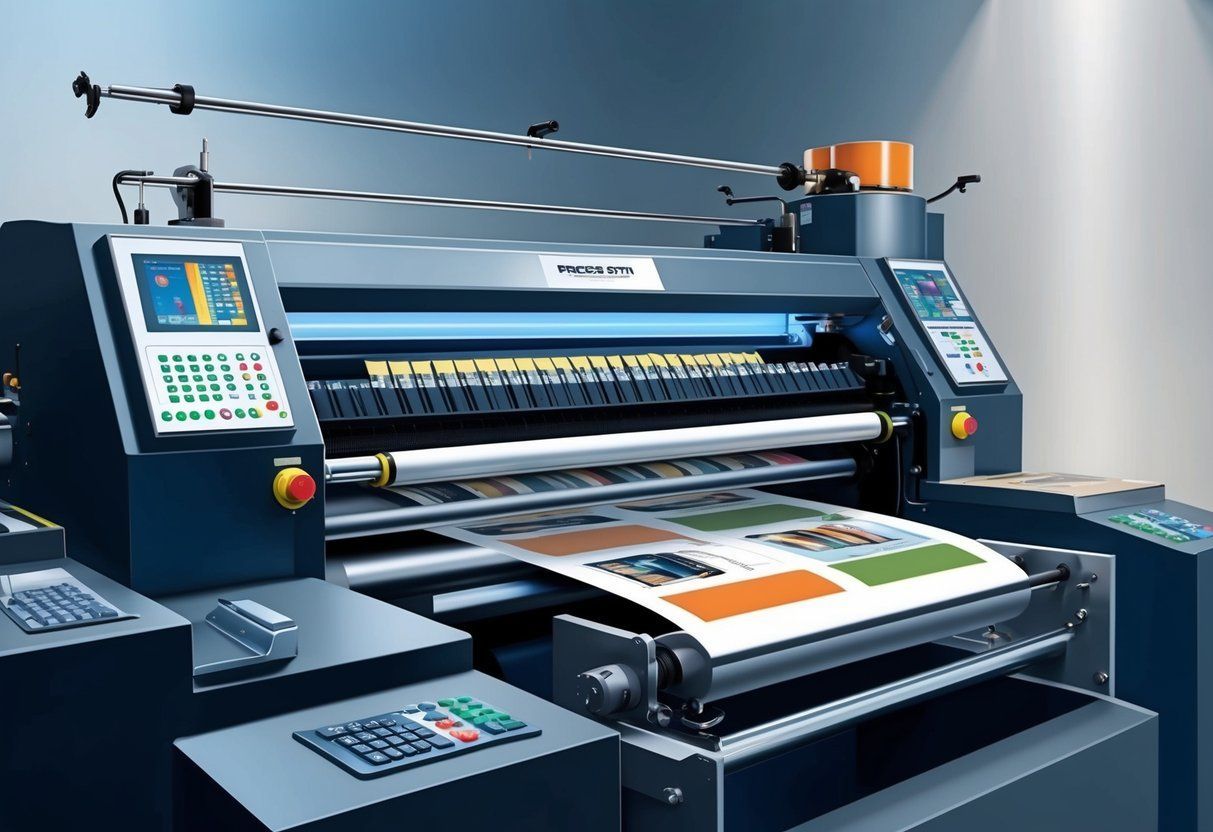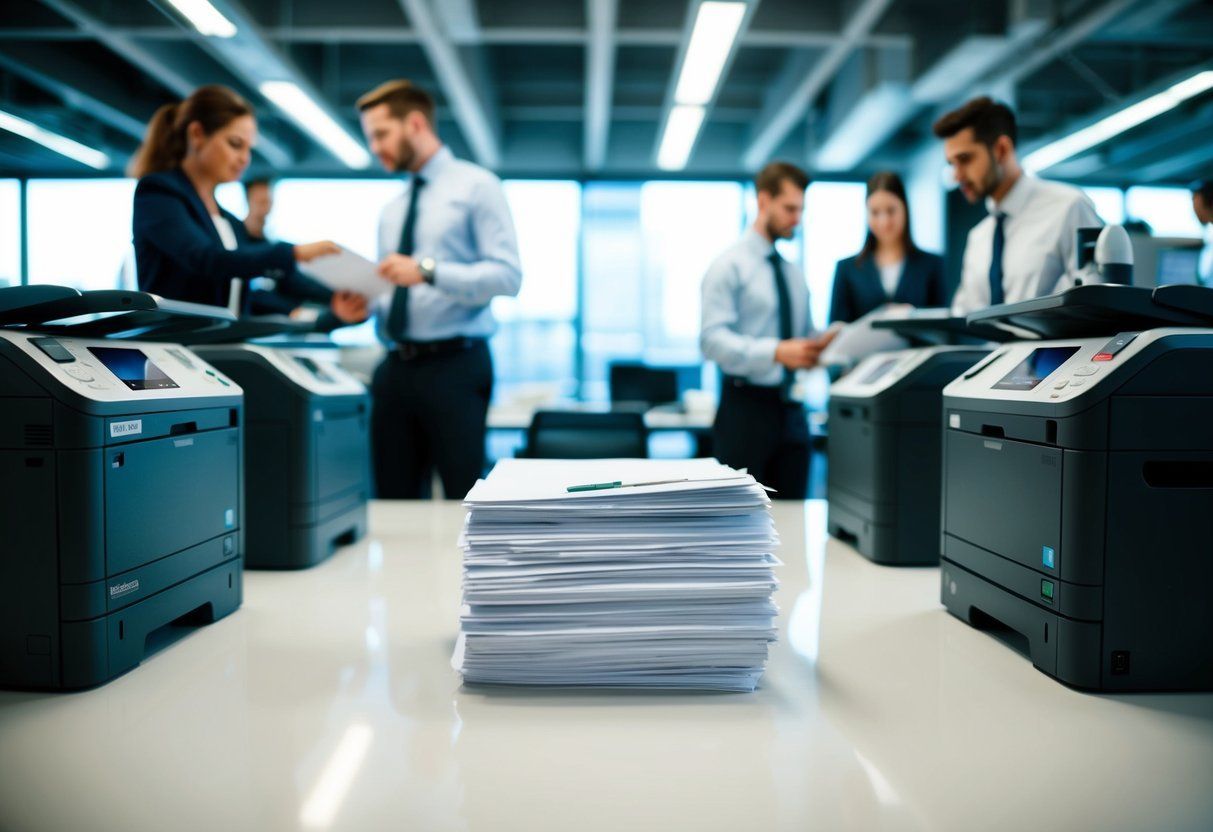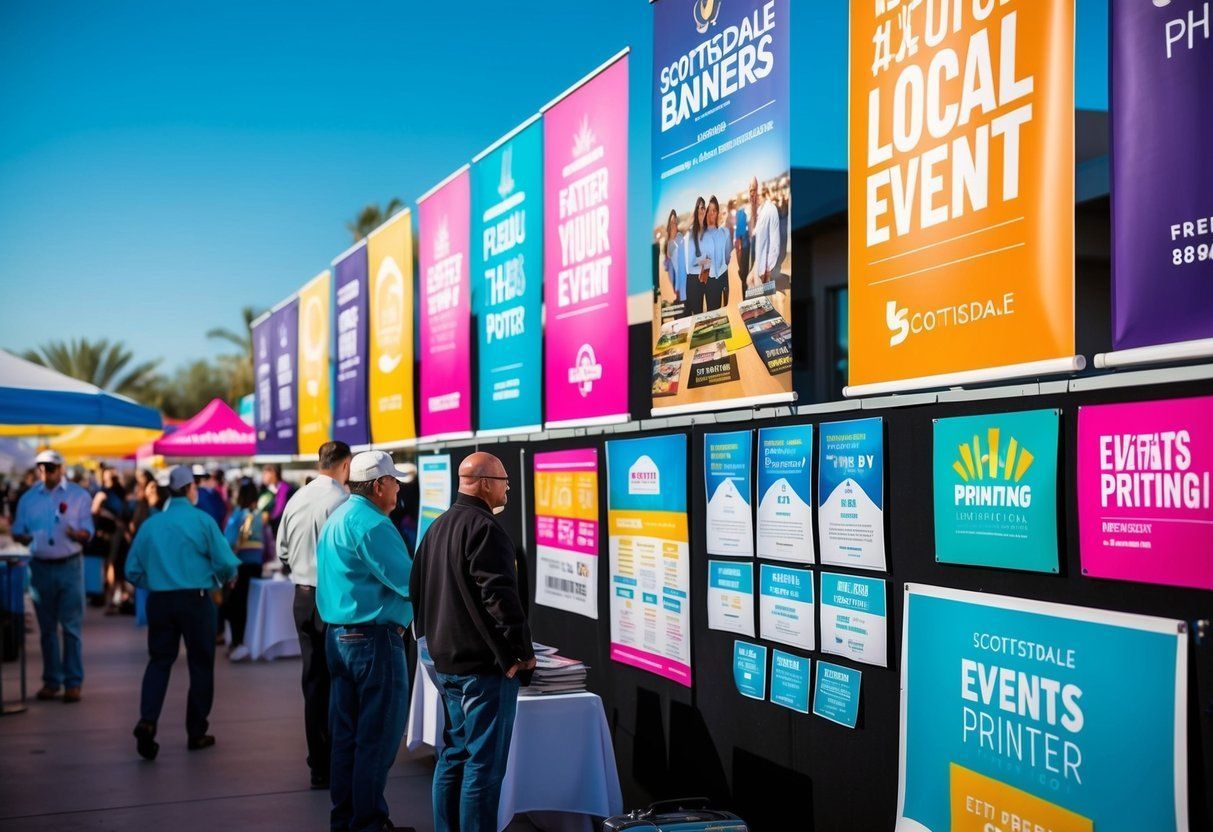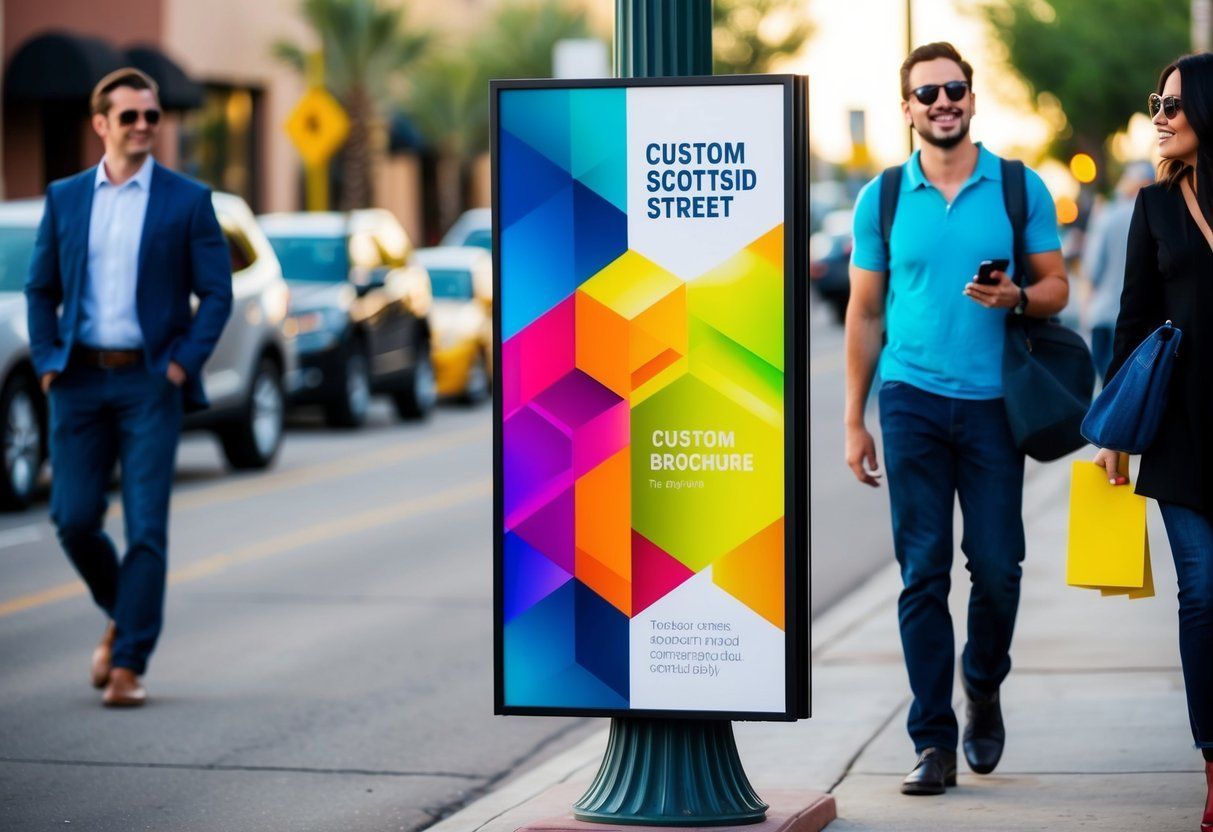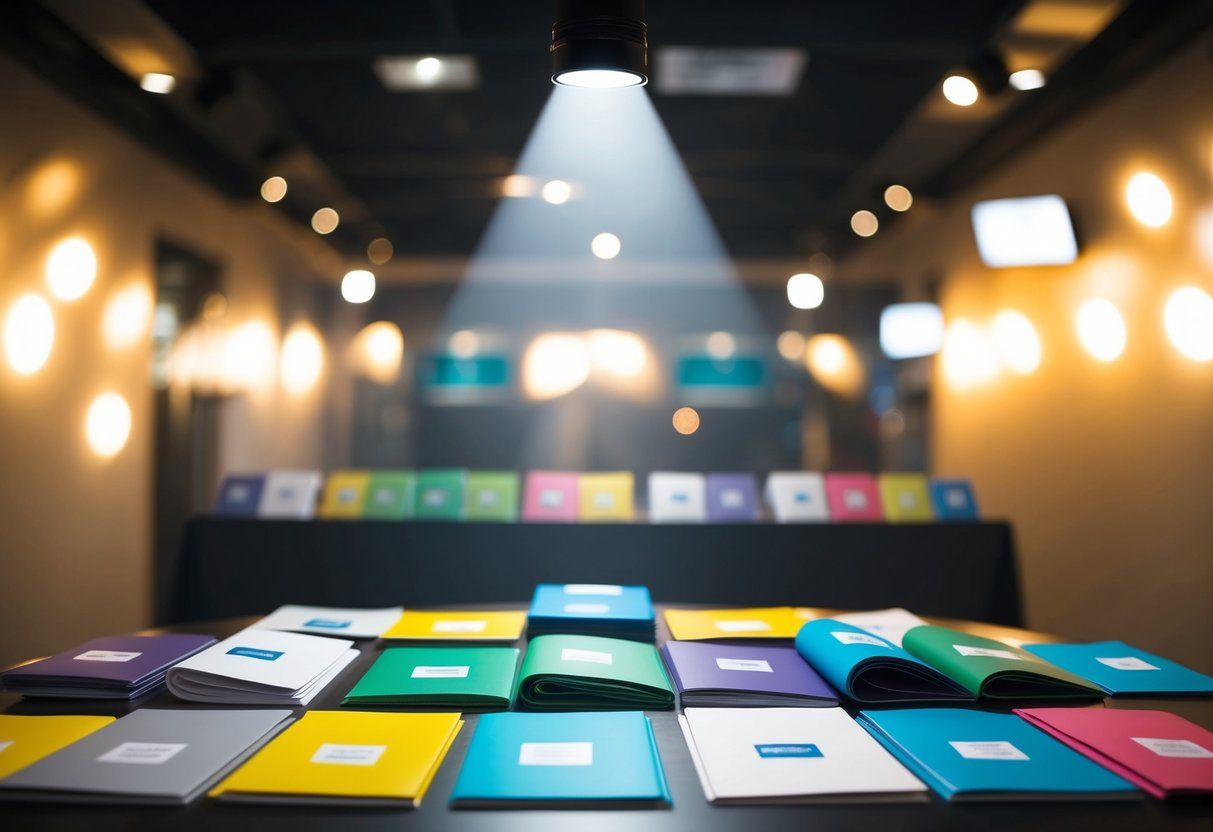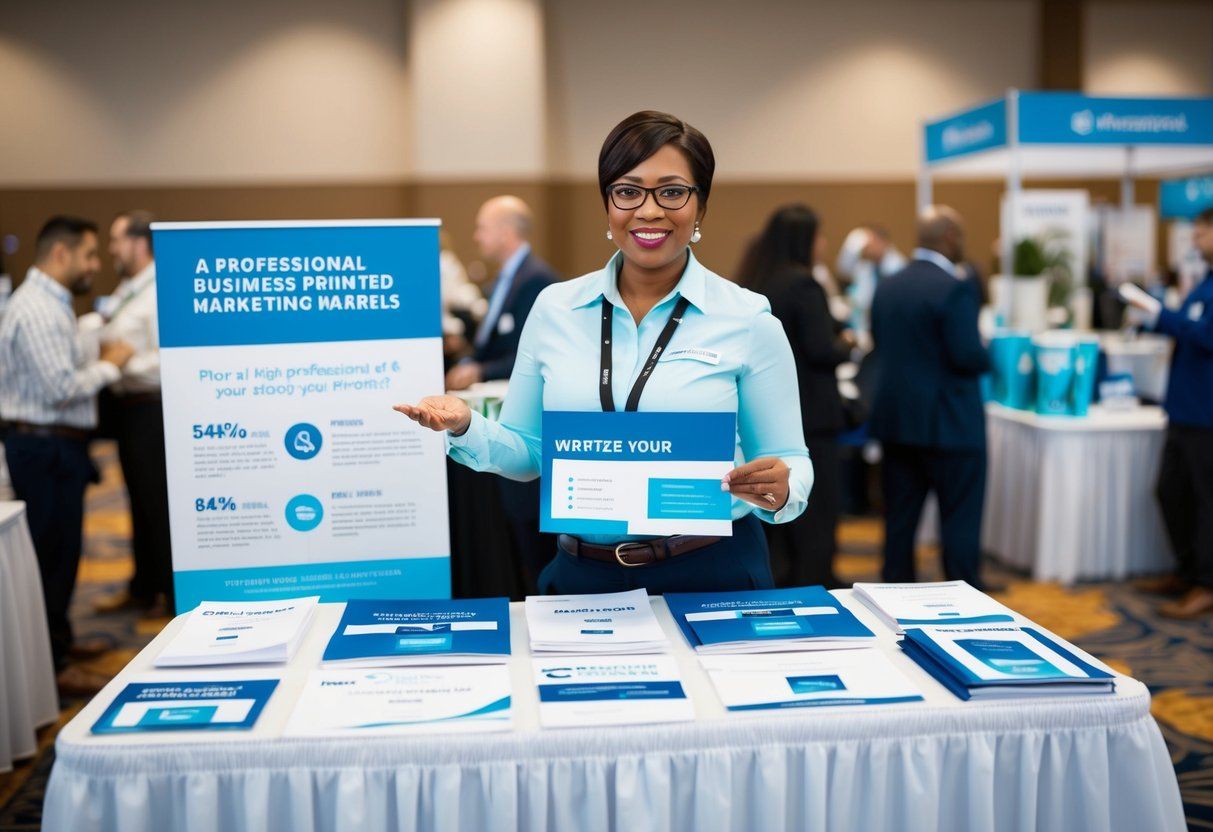Scottsdale Print Shop ) Mesa Print Shop ) Tempe Print Shop ) Phoenix Print Shop ) DC Ranch Print Shop ) Chandler Print Shop ) Peoria Print Shop ) Fountain Hills Print Shop ) Sun City Print Shop ) Glendale Print Shop ) Paradise Valley Print Shop ) Goodyear Print Shop ) Queen Creek Print Shop ) Avondale Print Shop ) Desert Ridge Print Shop ) Apache Junction Print Shop ) North Scottsdale Print Shop ) Pinnacle Peak Print Shop ) Grayawk Print Shop ) Kierland Print Shop ) Windsong Print Shop ) Mcdowell Mountain Ranch Print Shop ) Gainey Ranch Print Shop ) McCormick Ranch Print Shop ) Deer Valley Print Shop ) Arcadia Print Shop ) Troon Print Shop ) Silverleaf Print Shop ) Cave Creek Print Shop ) Old Town Print Shop ) South Scottsdale Print Shop ) Ancala Print Shop ) Central Phoenix Print Shop ) Carefree Print Shop ) Toleson Print Shop ) Ironwood Village Print Shop ) WIndgate Ranch Print Shop ) Northsight Print Shop ) Shea Print Shop ) Tatum Ranch Print Shop ) Casa Grande Print Shop ) Gilbert Print Shop ) Suprise Print Shop ) Buckeye Print Shop ) Scottsdale Banner Printing ) Mesa Banner Printing ) Tempe Banner Printing ) Phoenix Banner Printing ) DC Ranch Banner Printing ) Chandler Banner Printing ) Peoria Banner Printing ) Fountain Hills Banner Printing ) Sun City Banner Printing ) Glendale Banner Printing ) Paradise Valley Banner Printing ) Goodyear Banner Printing ) Queen Creek Banner Printing ) Avondale Banner Printing ) Desert Ridge Banner Printing ) Apache Junction Banner Printing ) North Scottsdale Banner Printing ) Pinnacle Peak Banner Printing ) Grayawk Banner Printing ) Kierland Banner Printing ) Windsong Banner Printing ) Mcdowell Mountain Ranch Banner Printing ) Gainey Ranch Banner Printing ) McCormick Ranch Banner Printing ) Deer Valley Banner Printing ) Arcadia Banner Printing ) Troon Banner Printing ) Silverleaf Banner Printing ) Cave Creek Banner Printing ) Old Town Banner Printing ) South Scottsdale Banner Printing ) Ancala Banner Printing ) Central Phoenix Banner Printing ) Carefree Banner Printing ) Toleson Banner Printing ) Ironwood Village Banner Printing ) WIndgate Ranch Banner Printing ) Northsight Banner Printing ) Shea Banner Printing ) Tatum Ranch Banner Printing ) Casa Grande Banner Printing ) Gilbert Banner Printing ) Suprise Banner Printing ) Buckeye Banner Printing ) Scottsdale Book Binding ) Mesa Book Binding ) Tempe Book Binding ) Phoenix Book Binding ) DC Ranch Book Binding ) Chandler Book Binding ) Peoria Book Binding ) Fountain Hills Book Binding ) Sun City Book Binding ) Glendale Book Binding ) Paradise Valley Book Binding ) Goodyear Book Binding ) Queen Creek Book Binding ) Avondale Book Binding ) Desert Ridge Book Binding ) Apache Junction Book Binding ) North Scottsdale Book Binding ) Pinnacle Peak Book Binding ) Grayawk Book Binding ) Kierland Book Binding ) Windsong Book Binding ) Mcdowell Mountain Ranch Book Binding ) Gainey Ranch Book Binding ) McCormick Ranch Book Binding ) Deer Valley Book Binding ) Arcadia Book Binding ) Troon Book Binding ) Silverleaf Book Binding ) Cave Creek Book Binding ) Old Town Book Binding ) South Scottsdale Book Binding ) Ancala Book Binding ) Central Phoenix Book Binding ) Carefree Book Binding ) Toleson Book Binding ) Ironwood Village Book Binding ) WIndgate Ranch Book Binding ) Northsight Book Binding ) Shea Book Binding ) Tatum Ranch Book Binding ) Casa Grande Book Binding ) Gilbert Book Binding ) Suprise Book Binding ) Buckeye Book Binding ) Scottsdale Booklet Printing ) Mesa Booklet Printing ) Tempe Booklet Printing ) Phoenix Booklet Printing ) DC Ranch Booklet Printing ) Chandler Booklet Printing ) Peoria Booklet Printing ) Fountain Hills Booklet Printing ) Sun City Booklet Printing ) Glendale Booklet Printing ) Paradise Valley Booklet Printing ) Goodyear Booklet Printing ) Queen Creek Booklet Printing ) Avondale Booklet Printing ) Desert Ridge Booklet Printing ) Apache Junction Booklet Printing ) North Scottsdale Booklet Printing ) Pinnacle Peak Booklet Printing ) Grayawk Booklet Printing ) Kierland Booklet Printing ) Windsong Booklet Printing ) Mcdowell Mountain Ranch Booklet Printing ) Gainey Ranch Booklet Printing ) McCormick Ranch Booklet Printing ) Deer Valley Booklet Printing ) Arcadia Booklet Printing ) Troon Booklet Printing ) Silverleaf Booklet Printing ) Cave Creek Booklet Printing ) Old Town Booklet Printing ) South Scottsdale Booklet Printing ) Ancala Booklet Printing ) Central Phoenix Booklet Printing ) Carefree Booklet Printing ) Toleson Booklet Printing ) Ironwood Village Booklet Printing ) WIndgate Ranch Booklet Printing ) Northsight Booklet Printing ) Shea Booklet Printing ) Tatum Ranch Booklet Printing ) Casa Grande Booklet Printing ) Gilbert Booklet Printing ) Suprise Booklet Printing ) Buckeye Booklet Printing ) Scottsdale Brochure Printing ) Mesa Brochure Printing ) Tempe Brochure Printing ) Phoenix Brochure Printing ) DC Ranch Brochure Printing ) Chandler Brochure Printing ) Peoria Brochure Printing ) Fountain Hills Brochure Printing ) Sun City Brochure Printing ) Glendale Brochure Printing ) Paradise Valley Brochure Printing ) Goodyear Brochure Printing ) Queen Creek Brochure Printing ) Avondale Brochure Printing ) Desert Ridge Brochure Printing ) Apache Junction Brochure Printing ) North Scottsdale Brochure Printing ) Pinnacle Peak Brochure Printing ) Grayawk Brochure Printing ) Kierland Brochure Printing ) Windsong Brochure Printing ) Mcdowell Mountain Ranch Brochure Printing ) Gainey Ranch Brochure Printing ) McCormick Ranch Brochure Printing ) Deer Valley Brochure Printing ) Arcadia Brochure Printing ) Troon Brochure Printing ) Silverleaf Brochure Printing ) Cave Creek Brochure Printing ) Old Town Brochure Printing ) South Scottsdale Brochure Printing ) Ancala Brochure Printing ) Central Phoenix Brochure Printing ) Carefree Brochure Printing ) Toleson Brochure Printing ) Ironwood Village Brochure Printing ) WIndgate Ranch Brochure Printing ) Northsight Brochure Printing ) Shea Brochure Printing ) Tatum Ranch Brochure Printing ) Casa Grande Brochure Printing ) Gilbert Brochure Printing ) Suprise Brochure Printing ) Buckeye Brochure Printing ) Scottsdale Business Card Printing ) Mesa Business Card Printing ) Tempe Business Card Printing ) Phoenix Business Card Printing ) DC Ranch Business Card Printing ) Chandler Business Card Printing ) Peoria Business Card Printing ) Fountain Hills Business Card Printing ) Sun City Business Card Printing ) Glendale Business Card Printing ) Paradise Valley Business Card Printing ) Goodyear Business Card Printing ) Queen Creek Business Card Printing ) Avondale Business Card Printing ) Desert Ridge Business Card Printing ) Apache Junction Business Card Printing ) North Scottsdale Business Card Printing ) Pinnacle Peak Business Card Printing ) Grayawk Business Card Printing ) Kierland Business Card Printing ) Windsong Business Card Printing ) Mcdowell Mountain Ranch Business Card Printing ) Gainey Ranch Business Card Printing ) McCormick Ranch Business Card Printing ) Deer Valley Business Card Printing ) Arcadia Business Card Printing ) Troon Business Card Printing ) Silverleaf Business Card Printing ) Cave Creek Business Card Printing ) Old Town Business Card Printing ) South Scottsdale Business Card Printing ) Ancala Business Card Printing ) Central Phoenix Business Card Printing ) Carefree Business Card Printing ) Toleson Business Card Printing ) Ironwood Village Business Card Printing ) WIndgate Ranch Business Card Printing ) Northsight Business Card Printing ) Shea Business Card Printing ) Tatum Ranch Business Card Printing ) Casa Grande Business Card Printing ) Gilbert Business Card Printing ) Suprise Business Card Printing ) Buckeye Business Card Printing ) Scottsdale Catalog Printing ) Mesa Catalog Printing ) Tempe Catalog Printing ) Phoenix Catalog Printing ) DC Ranch Catalog Printing ) Chandler Catalog Printing ) Peoria Catalog Printing ) Fountain Hills Catalog Printing ) Sun City Catalog Printing ) Glendale Catalog Printing ) Paradise Valley Catalog Printing ) Goodyear Catalog Printing ) Queen Creek Catalog Printing ) Avondale Catalog Printing ) Desert Ridge Catalog Printing ) Apache Junction Catalog Printing ) North Scottsdale Catalog Printing ) Pinnacle Peak Catalog Printing ) Grayawk Catalog Printing ) Kierland Catalog Printing ) Windsong Catalog Printing ) Mcdowell Mountain Ranch Catalog Printing ) Gainey Ranch Catalog Printing ) McCormick Ranch Catalog Printing ) Deer Valley Catalog Printing ) Arcadia Catalog Printing ) Troon Catalog Printing ) Silverleaf Catalog Printing ) Cave Creek Catalog Printing ) Old Town Catalog Printing ) South Scottsdale Catalog Printing ) Ancala Catalog Printing ) Central Phoenix Catalog Printing ) Carefree Catalog Printing ) Toleson Catalog Printing ) Ironwood Village Catalog Printing ) WIndgate Ranch Catalog Printing ) Northsight Catalog Printing ) Shea Catalog Printing ) Tatum Ranch Catalog Printing ) Casa Grande Catalog Printing ) Gilbert Catalog Printing ) Suprise Catalog Printing ) Buckeye Catalog Printing ) Scottsdale Commercial Printing ) Mesa Commercial Printing ) Tempe Commercial Printing ) Phoenix Commercial Printing ) DC Ranch Commercial Printing ) Chandler Commercial Printing ) Peoria Commercial Printing ) Fountain Hills Commercial Printing ) Sun City Commercial Printing ) Glendale Commercial Printing ) Paradise Valley Commercial Printing ) Goodyear Commercial Printing ) Queen Creek Commercial Printing ) Avondale Commercial Printing ) Desert Ridge Commercial Printing ) Apache Junction Commercial Printing ) North Scottsdale Commercial Printing ) Pinnacle Peak Commercial Printing ) Grayawk Commercial Printing ) Kierland Commercial Printing ) Windsong Commercial Printing ) Mcdowell Mountain Ranch Commercial Printing ) Gainey Ranch Commercial Printing ) McCormick Ranch Commercial Printing ) Deer Valley Commercial Printing ) Arcadia Commercial Printing ) Troon Commercial Printing ) Silverleaf Commercial Printing ) Cave Creek Commercial Printing ) Old Town Commercial Printing ) South Scottsdale Commercial Printing ) Ancala Commercial Printing ) Central Phoenix Commercial Printing ) Carefree Commercial Printing ) Toleson Commercial Printing ) Ironwood Village Commercial Printing ) WIndgate Ranch Commercial Printing ) Northsight Commercial Printing ) Shea Commercial Printing ) Tatum Ranch Commercial Printing ) Casa Grande Commercial Printing ) Gilbert Commercial Printing ) Suprise Commercial Printing ) Buckeye Commercial Printing ) Scottsdale Coroplast Signs ) Mesa Coroplast Signs ) Tempe Coroplast Signs ) Phoenix Coroplast Signs ) Scottsdale Digital Printing ) Mesa Digital Printing ) Tempe Digital Printing ) Phoenix Digital Printing ) DC Ranch Digital Printing ) Chandler Digital Printing ) Peoria Digital Printing ) Fountain Hills Digital Printing ) Sun City Digital Printing ) Glendale Digital Printing ) Paradise Valley Digital Printing ) Goodyear Digital Printing ) Queen Creek Digital Printing ) Avondale Digital Printing ) Desert Ridge Digital Printing ) Apache Junction Digital Printing ) North Scottsdale Digital Printing ) Pinnacle Peak Digital Printing ) Grayawk Digital Printing ) Kierland Digital Printing ) Windsong Digital Printing ) Mcdowell Mountain Ranch Digital Printing ) Gainey Ranch Digital Printing ) McCormick Ranch Digital Printing ) Deer Valley Digital Printing ) Arcadia Digital Printing ) Troon Digital Printing ) Silverleaf Digital Printing ) Cave Creek Digital Printing ) Old Town Digital Printing ) South Scottsdale Digital Printing ) Ancala Digital Printing ) Central Phoenix Digital Printing ) Carefree Digital Printing ) Toleson Digital Printing ) Ironwood Village Digital Printing ) WIndgate Ranch Digital Printing ) Northsight Digital Printing ) Shea Digital Printing ) Tatum Ranch Digital Printing ) Casa Grande Digital Printing ) Gilbert Digital Printing ) Suprise Digital Printing ) Buckeye Digital Printing ) Scottsdale Direct Mailing Services ) Mesa Direct Mailing Services ) Tempe Direct Mailing Services ) Phoenix Direct Mailing Services ) DC Ranch Direct Mailing Services ) Chandler Direct Mailing Services ) Peoria Direct Mailing Services ) Fountain Hills Direct Mailing Services ) Sun City Direct Mailing Services ) Glendale Direct Mailing Services ) Paradise Valley Direct Mailing Services ) Goodyear Direct Mailing Services ) Queen Creek Direct Mailing Services ) Avondale Direct Mailing Services ) Desert Ridge Direct Mailing Services ) Apache Junction Direct Mailing Services ) North Scottsdale Direct Mailing Services ) Pinnacle Peak Direct Mailing Services ) Grayawk Direct Mailing Services ) Kierland Direct Mailing Services ) Windsong Direct Mailing Services ) Mcdowell Mountain Ranch Direct Mailing Services ) Gainey Ranch Direct Mailing Services ) McCormick Ranch Direct Mailing Services ) Deer Valley Direct Mailing Services ) Arcadia Direct Mailing Services ) Troon Direct Mailing Services ) Silverleaf Direct Mailing Services ) Cave Creek Direct Mailing Services ) Old Town Direct Mailing Services ) South Scottsdale Direct Mailing Services ) Ancala Direct Mailing Services ) Central Phoenix Direct Mailing Services ) Carefree Direct Mailing Services ) Toleson Direct Mailing Services ) Ironwood Village Direct Mailing Services ) WIndgate Ranch Direct Mailing Services ) Northsight Direct Mailing Services ) Shea Direct Mailing Services ) Tatum Ranch Direct Mailing Services ) Casa Grande Direct Mailing Services ) Gilbert Direct Mailing Services ) Suprise Direct Mailing Services ) Buckeye Direct Mailing Services ) Scottsdale Flyer Printing ) Mesa Flyer Printing ) Tempe Flyer Printing ) Phoenix Flyer Printing ) DC Ranch Flyer Printing ) Chandler Flyer Printing ) Peoria Flyer Printing ) Fountain Hills Flyer Printing ) Sun City Flyer Printing ) Glendale Flyer Printing ) Paradise Valley Flyer Printing ) Goodyear Flyer Printing ) Queen Creek Flyer Printing ) Avondale Flyer Printing ) Desert Ridge Flyer Printing ) Apache Junction Flyer Printing ) North Scottsdale Flyer Printing ) Pinnacle Peak Flyer Printing ) Grayawk Flyer Printing ) Kierland Flyer Printing ) Windsong Flyer Printing ) Mcdowell Mountain Ranch Flyer Printing ) Gainey Ranch Flyer Printing ) McCormick Ranch Flyer Printing ) Deer Valley Flyer Printing ) Arcadia Flyer Printing ) Troon Flyer Printing ) Silverleaf Flyer Printing ) Cave Creek Flyer Printing ) Old Town Flyer Printing ) South Scottsdale Flyer Printing ) Ancala Flyer Printing ) Central Phoenix Flyer Printing ) Carefree Flyer Printing ) Toleson Flyer Printing ) Ironwood Village Flyer Printing ) WIndgate Ranch Flyer Printing ) Northsight Flyer Printing ) Shea Flyer Printing ) Tatum Ranch Flyer Printing ) Casa Grande Flyer Printing ) Gilbert Flyer Printing ) Suprise Flyer Printing ) Buckeye Flyer Printing ) Scottsdale Graphic Design ) Mesa Graphic Design ) Tempe Graphic Design ) Phoenix Graphic Design ) DC Ranch Graphic Design ) Chandler Graphic Design ) Peoria Graphic Design ) Fountain Hills Graphic Design ) Sun City Graphic Design ) Glendale Graphic Design ) Paradise Valley Graphic Design ) Goodyear Graphic Design ) Queen Creek Graphic Design ) Avondale Graphic Design ) Desert Ridge Graphic Design ) Apache Junction Graphic Design ) North Scottsdale Graphic Design ) Pinnacle Peak Graphic Design ) Grayawk Graphic Design ) Kierland Graphic Design ) Windsong Graphic Design ) Mcdowell Mountain Ranch Graphic Design ) Gainey Ranch Graphic Design ) McCormick Ranch Graphic Design ) Deer Valley Graphic Design ) Arcadia Graphic Design ) Troon Graphic Design ) Silverleaf Graphic Design ) Cave Creek Graphic Design ) Old Town Graphic Design ) South Scottsdale Graphic Design ) Ancala Graphic Design ) Central Phoenix Graphic Design ) Carefree Graphic Design ) Toleson Graphic Design ) Ironwood Village Graphic Design ) WIndgate Ranch Graphic Design ) Northsight Graphic Design ) Shea Graphic Design ) Tatum Ranch Graphic Design ) Casa Grande Graphic Design ) Gilbert Graphic Design ) Suprise Graphic Design ) Buckeye Graphic Design ) Scottsdale Large Format Printing ) Mesa Large Format Printing ) Tempe Large Format Printing ) Phoenix Large Format Printing ) DC Ranch Large Format Printing ) Chandler Large Format Printing ) Peoria Large Format Printing ) Fountain Hills Large Format Printing ) Sun City Large Format Printing ) Glendale Large Format Printing ) Paradise Valley Large Format Printing ) Goodyear Large Format Printing ) Peoria Postcard Printing ) Fountain Hills Postcard Printing ) Sun City Postcard Printing ) Glendale Postcard Printing ) Paradise Valley Postcard Printing ) Goodyear Postcard Printing ) Queen Creek Postcard Printing ) Avondale Postcard Printing ) Desert Ridge Postcard Printing ) Apache Junction Postcard Printing ) North Scottsdale Postcard Printing ) Pinnacle Peak Postcard Printing ) Grayawk Postcard Printing ) Kierland Postcard Printing ) Windsong Postcard Printing ) Mcdowell Mountain Ranch Postcard Printing ) Gainey Ranch Postcard Printing ) McCormick Ranch Postcard Printing ) Deer Valley Postcard Printing ) Arcadia Postcard Printing ) Troon Postcard Printing ) Silverleaf Postcard Printing ) Cave Creek Postcard Printing ) Old Town Postcard Printing ) South Scottsdale Postcard Printing ) Ancala Postcard Printing ) Central Phoenix Postcard Printing ) Carefree Postcard Printing ) Toleson Postcard Printing ) Ironwood Village Postcard Printing ) WIndgate Ranch Postcard Printing ) Northsight Postcard Printing ) Shea Postcard Printing ) Tatum Ranch Postcard Printing ) Casa Grande Postcard Printing ) Gilbert Postcard Printing ) Suprise Postcard Printing ) Buckeye Postcard Printing ) Scottsdale Poster Printing ) Mesa Poster Printing ) Tempe Poster Printing ) Phoenix Poster Printing ) DC Ranch Poster Printing ) Chandler Poster Printing ) Peoria Poster Printing ) Fountain Hills Poster Printing ) Sun City Poster Printing ) Glendale Poster Printing ) Paradise Valley Poster Printing ) Goodyear Poster Printing ) Queen Creek Poster Printing ) Avondale Poster Printing ) Desert Ridge Poster Printing ) Apache Junction Poster Printing ) North Scottsdale Poster Printing ) Pinnacle Peak Poster Printing ) Grayawk Poster Printing ) Kierland Poster Printing ) Windsong Poster Printing ) Mcdowell Mountain Ranch Poster Printing ) Gainey Ranch Poster Printing ) McCormick Ranch Poster Printing ) Deer Valley Poster Printing ) Arcadia Poster Printing ) Troon Poster Printing ) Silverleaf Poster Printing ) Cave Creek Poster Printing ) Old Town Poster Printing ) South Scottsdale Poster Printing ) Ancala Poster Printing ) Central Phoenix Poster Printing ) Carefree Poster Printing ) Toleson Poster Printing ) Ironwood Village Poster Printing ) WIndgate Ranch Poster Printing ) Northsight Poster Printing ) Shea Poster Printing ) Tatum Ranch Poster Printing ) Casa Grande Poster Printing ) Gilbert Poster Printing ) Suprise Poster Printing ) Buckeye Poster Printing ) Scottsdale Promotional Items Printing )
How Our Team Can Help You Design Your Business Cards Effectively and Professionally
Creating a great business card is key to leaving a lasting impression. We can help you design business cards that truly reflect your brand and values. A well-designed card not only showcases your information but also communicates who you are in a crowded market.

Our team understands that every detail matters in business card design , from choosing the right size and shape to selecting colors that represent your brand. We believe that your card is more than just a piece of paper; it’s an important tool for networking and making strong first impressions.
Let us guide you through the design process so that your business cards stand out and help you connect with others effectively. We are here to ensure that your cards are not just functional, but also artistic and memorable.
Key Takeaways
- We help you create business cards that enhance your brand image.
- Our design process focuses on leaving a strong first impression.
- We consider practical details to ensure printing perfection.
Understanding Business Cards
Business cards are essential tools for any professional. They help create connections with potential clients and communicate important information quickly. This section explores the roles of business cards and how their designs have changed over time.
The Role of a Business Card
A business card serves several key purposes. First, it provides important information about you and your profession. This typically includes your name, job title, company name, and contact details.
Key functions of a business card:
- Networking: Business cards make it easier to connect with potential clients.
- First Impressions: A well-designed card reflects your professionalism.
- Brand Recognition: Consistent branding on your card helps clients remember you.
By offering a quick snapshot of who you are, business cards can open doors to new opportunities.
Evolution of Business Card Design
Business card design has changed significantly over the years. Initially, they were simple and straightforward, mainly used for sharing contact details.
Today, we see a wide range of styles and materials.
Trends in design include:
- Use of Color: Bright colors and unique designs attract attention.
- Textures and Materials: Cards can now be made from metal, plastic, or recycled paper.
- Inclusion of QR Codes: Scanning codes can lead potential clients to your online presence.
As businesses adapt to new trends, effective design has become more important in making an impact.
Design Foundations
Our team focuses on key elements that make business card design effective. We pay close attention to colors, fonts, and layout to ensure your cards communicate your brand clearly.
Choosing the Right Color Scheme
Color plays a big role in how people see your business. The right color scheme can attract attention and convey your brand’s personality. We consider colors that reflect your industry and values.
Here are some important pointers:
- Limit Your Palette: Use 2-3 colors for a clean look.
- Contrast Matters: Ensure text stands out against the background.
- Meaning of Colors: For example, blue often conveys trust, while red can signal excitement.
Choosing a balanced color scheme sets the tone and mood for your business card.
Typography and Readability
Fonts are more than just text; they influence how your audience perceives your message. We select fonts that are not only stylish but also easy to read at a small size.
Tips for choosing typography:
- Limit Font Choices: Stick to 1-2 font styles to keep it cohesive.
- Font Sizes: Use larger sizes for your name and essential details, while keeping contact information clear.
- Avoid Fancy Fonts: They can be difficult to read, especially when printed.
Good typography ensures your message is seen and understood quickly.
Layout and Composition
The layout of your business card is crucial for effective communication. We focus on how information is organized and how visual elements flow together.
Key layout tips include:
- Hierarchy: Place important information at the top or in larger fonts.
- White Space: Use empty space to avoid clutter and enhance readability.
- Balance: Ensure design elements are evenly distributed to create a pleasing look.
A well-thought-out layout guides the viewer’s eye and highlights key points.
Creating Your Brand Image
Building a strong brand image begins with clear visuals and colors that represent what your business stands for. A well-designed brand will help you connect with your audience and stand out from competitors. We can guide you in creating these essential elements.
Incorporating Your Logo and Branding
Your logo is the face of your brand. It should be simple yet memorable. We suggest using vector graphics for flexibility, ensuring it looks good in all sizes.
- Your logo should reflect your business values.
- Placement is key; your logo needs to be prominent on your business card.
- Keep the design aligned with other branding materials for consistency.
When clients see your logo, they should recognize it as part of your brand. This builds trust and recognition over time.
Brand Colors and Elements
Color plays a vital role in brand recognition. We help you choose colors that evoke the right feelings and match your business’s personality.
- Use two to three main colors to maintain clarity.
- Each color can convey a different message; for example, blue symbolizes trust and reliability.
Incorporating elements like shapes or patterns can also strengthen your brand image. Ensure that these elements complement your logo and overall card design.
Choosing the right colors and elements will help your business card resonate with your target audience. This increases the chances of leaving a lasting impression.
Practical Details
When designing business cards, it’s crucial to focus on specific contact information and how to present non-text elements. Clear details help others connect with you easily, while thoughtful design enhances your brand.
Contact Information Essentials
We recommend including key contact details on your business card. Start with your full name and position. Follow this with your phone number and email address.
Make sure to add your company’s website. This helps people learn more about your services. Social media handles are also important if they are relevant to your business.
Consider using icons for each contact method. Icons make the card visually appealing and easy to read. For example:
- Phone:

- Email:

- Website:

This layout not only looks professional but also guides the reader to the information quickly.
Adding Non-text Elements
Non-text elements can make your business card stand out. One popular option is a QR code. This code can link directly to your website or portfolio, making it easy for others to access more information about you.
We can help you design a QR code that matches the style of your card. Including icons representing your social media channels can also enhance your design.
Make sure these elements don’t clutter the card. Keep a good balance between text and visuals. This way, your card remains focused and readable while still being eye-catching.
Artistic Considerations

When designing business cards, we focus on key artistic elements that make a strong impression. Selecting the right images and graphics is essential, as is choosing the correct paper texture and finish. These details enhance the overall aesthetic and feel of the card.
Selecting Images and Graphics
Choosing images and graphics is vital for creating a memorable business card. We recommend using high-quality graphics that reflect your brand’s identity. Your logo should be clear and prominent.
Consider colors that align with your brand palette. For instance, brighter colors can convey energy, while muted tones suggest professionalism. Unique graphics, like custom illustrations, can help you stand out in a crowd.
Avoid using too many images, as this can overwhelm the design. A clean layout with one or two focal points often works best.
Choosing Paper Texture and Finish
The texture and finish of your business card affect how it feels and looks. We offer several options to enhance your design.
Textures:
- Linen : Adds a classic, sophisticated look.
- Uncoated : Gives a natural feel and is easy to write on.
Finishes:
- Matte Finish : Provides a smooth and elegant look. It reduces glare and is great for a subtle appearance.
- Glossy Finish : Adds a shiny, vibrant look that makes colors pop. It’s good for cards with images.
We also offer special finishes, like embossing or foiling, to add a unique touch. Selecting the right texture and finish will help convey your message effectively.
Printing Perfection
When it comes to business cards, the quality of the print materials and understanding the printing services available are crucial. We ensure that every detail is perfect so that your cards leave a lasting impression.
Quality of Print Materials
We prioritize using high-quality paper stock for your business cards. The material you choose can affect the look and feel of your cards. Options include:
- Glossy Finish: Offers vibrant colors and a shiny look.
- Matte Finish: Provides a professional and smooth feel.
- Recycled Paper: An eco-friendly choice that appeals to eco-conscious clients.
The right paper can enhance your design and ensure that the colors pop. We also pay attention to the weight of the card. Heavier cards are often viewed as more substantial and memorable.
Understanding Printing Services
There are different printing methods we can choose from based on your needs. Here are a few common services:
- Digital Printing: Great for short runs with quick turnaround times.
- Offset Printing: Ideal for larger batches and offers superior color accuracy.
Each method has its own benefits. We can provide guidance based on your project size and budget. Checking reviews of printing services can help you find the right provider. Quality prints should match your design vision without compromising on the expected results.
Design Process and Tools
Our design process focuses on using effective templates and tools to create custom business cards. We prioritize making sure our clients have a smooth experience from concept to final design.
Leveraging Business Card Templates
Using business card templates can save time and effort during the design process. We offer a variety of pre-made templates that cater to different styles and professions.
These templates are customizable, allowing us to shape them according to your preferences. You can choose from layouts, colors, and fonts that match your brand identity.
By starting with a template, we can quickly edit elements using drag-and-drop tools . This simplifies the design process, especially for those with limited design experience.
Effective Use of Design Tools
We utilize tools like Canva to create stunning custom business cards. Canva offers a user-friendly interface with various editing tools that help us modify templates easily.
With features such as image uploading , text editing , and color adjustments , we can rapidly bring ideas to life.
This software also enables collaboration, so we can work together in real-time. If you prefer, we can share designs for feedback before finalizing them.
By combining templates with these design tools, we ensure that your business cards are not only visually appealing but also effectively represent your brand.
Size and Shape Variations
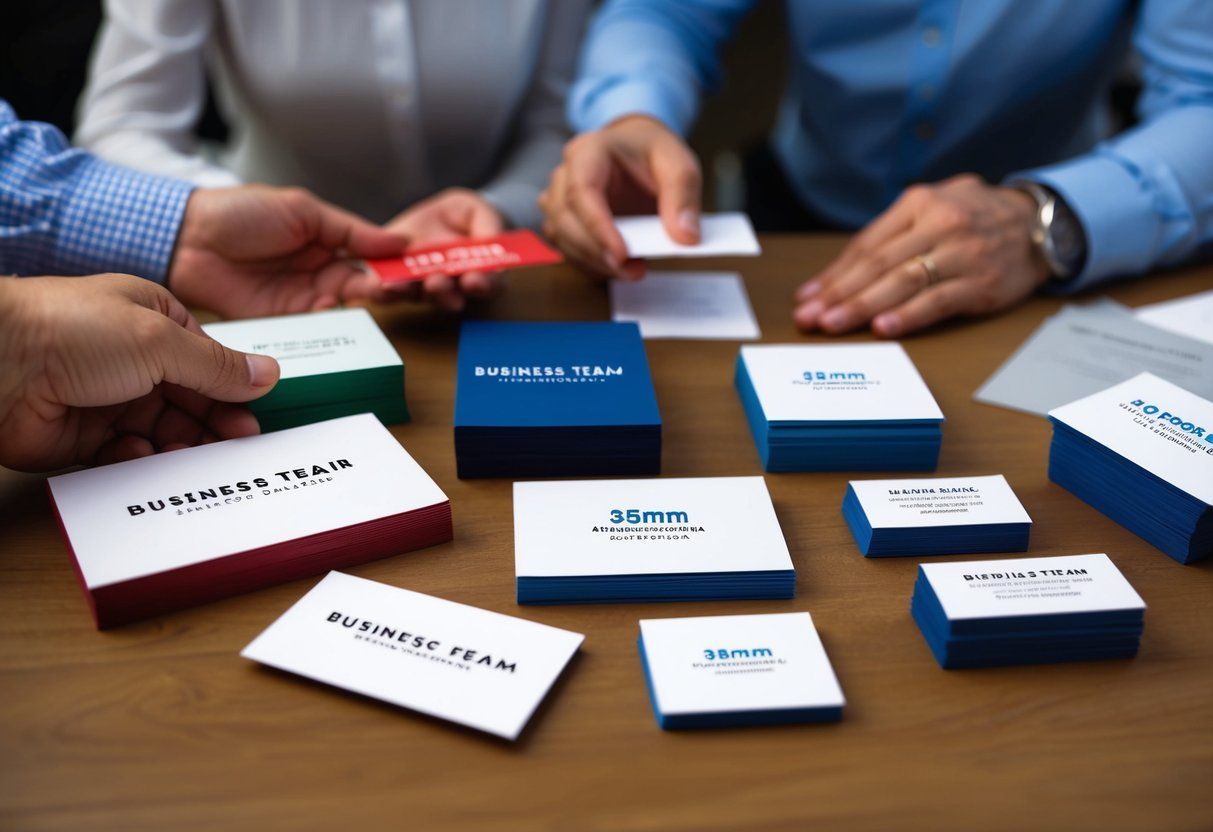
When designing business cards, the size and shape play a crucial role. Choosing the right dimensions can make your card stand out. Additionally, unique shapes and corners can add a touch of creativity.
Standard Business Card Sizes
The most common size for business cards is 3.5 inches by 2 inches. This size fits well into standard wallets and cardholders.
In some places, you might also encounter sizes like 2 inches by 3.5 inches or credit card size. These variations cater to different branding strategies.
It’s important to remember the trim line. This is the area where the card will be cut. Keeping essential information away from this line ensures that nothing gets trimmed off during printing.
Unique Card Shapes and Corners
Using unique shapes can help your business card stand out. Rectangular is the standard shape, but we can also create rounded, square, or custom shapes.
Rounded corners, for instance, can give a softer look. We can offer options like die-cut cards which provide unique silhouettes.
Just keep in mind that unusual shapes may not fit in standard cardholders. This might affect how your card is stored and shared.
These unique designs can embody your brand’s personality more effectively than traditional options.
Leveraging Technology
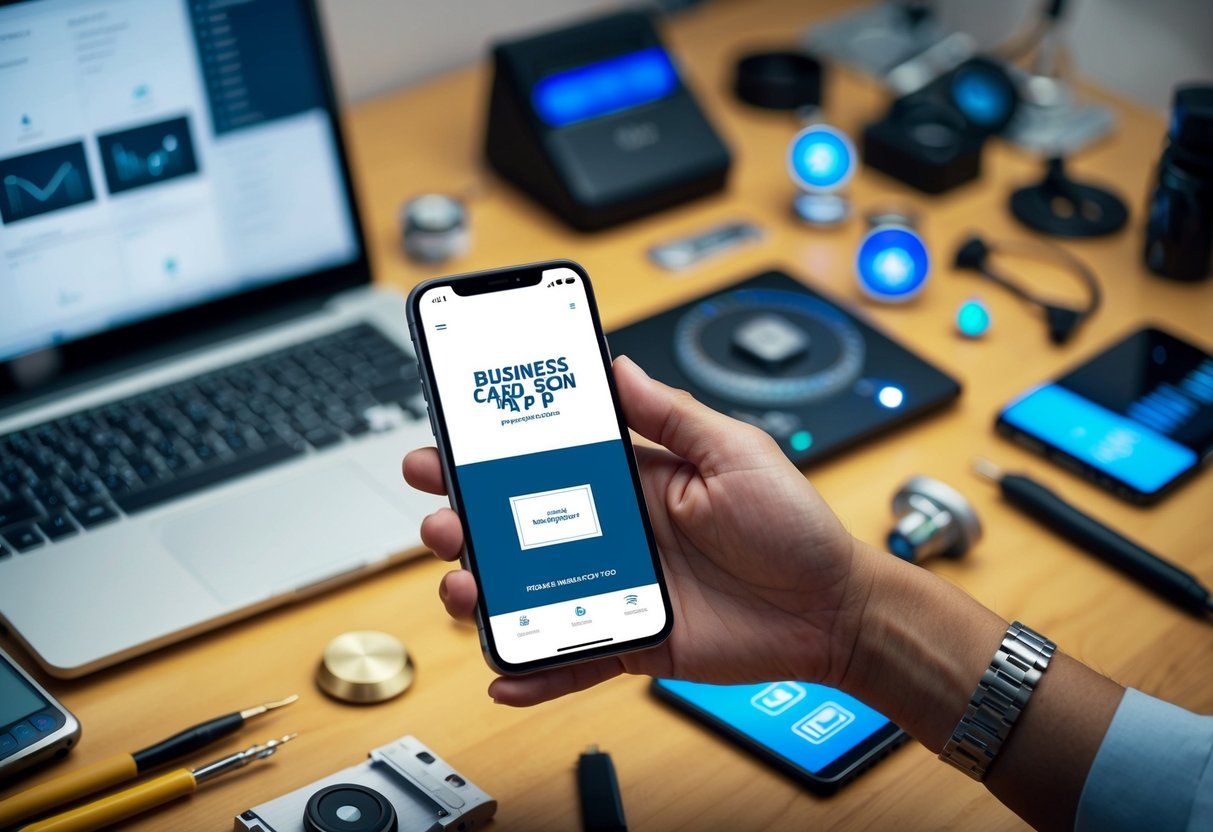
We can enhance your business card design by using modern technology. This approach helps us create cards that are not only visually appealing but also functional and easy to share. We focus on how to integrate digital elements, making it convenient for clients and prospects to connect with you.
Digital Sharing Options
Digital sharing opens new doors for networking. We can include QR codes on your cards, allowing people to scan and access your website or social media profiles directly. This simple feature makes it easy for potential clients to learn more about your services.
You can also opt for digital business cards that people can save on their devices. These can be shared via email or text, which is useful in professional settings. By incorporating these digital options, we ensure that your contact information is always just a scan or click away.
Modern Elements in Card Design
Incorporating modern elements into your business card design can set you apart. We can use bold colors , unique shapes, and innovative materials to create a stunning card that captures attention.
Additionally, we focus on making your card social media-friendly . This means including icons that link to your profiles. With clear calls to action, we help your audience connect with you online easily. Our goal is to combine style with function using the latest trends in design that appeal to your target market.
Beyond the Business Card

Creating a business card is just the beginning. To maximize its effectiveness, we think about how to connect with potential customers and measure its impact. Understanding these aspects helps us refine our approach and strengthen our brand.
Networking and Distribution Strategies
Successful networking starts with knowing where to share your business card. We suggest attending industry events, trade shows, and community gatherings. These are great places to meet potential customers and partners.
We can help you develop strategies such as:
- Targeted Exchange : Identify key individuals in your industry to connect with.
- Follow-Up : After meeting someone, send a personalized email. Mention your card and the discussion you had.
Additionally, we advise creating a simple plan for card distribution. Make sure your team knows who to approach and when. Find ways to reach out beyond just handing out cards. Use social media to engage and inform your audience. This can lead to more opportunities and connections.
Measuring the Impact of Your Business Card
To gauge the effectiveness of your business card, we focus on feedback and results. Ask clients and partners if they remember your card and what stood out. This gives valuable insight into its design and messaging.
We recommend tracking new connections made after distributing cards. You can keep a log of:
- New Leads : How many potential customers reached out after receiving your card?
- Conversion Rate : How many of those leads turned into clients?
Using testimonials can also help us understand the card’s impact. Positive comments from clients affirm its success. Regularly revisiting your card design and distribution methods helps us improve and adapt to changing needs.
Special Considerations for Professionals

When designing business cards for professionals, it’s important to reflect their unique style and needs. Each type of professional, from photographers to artists, has specific elements that can enhance their cards.
Design Tips for Photographers
For photographers, showcasing their work is key. We recommend using a standout image from their portfolio as the background. This can instantly attract attention and communicate their style.
Key elements to include:
- Name and title (e.g., Photographer)
- Contact information
- Website or portfolio link
Use high-quality images to ensure clarity and professionalism. Choose fonts that are easy to read but match the photographer’s style. A minimalist design often works best to highlight their photographic talent.
Unique Ideas for Artists and Creatives
Artists and creatives should focus on making their business cards a true reflection of their work. Using artistic illustrations or custom designs can set them apart.
Consider these ideas:
- Incorporate unique textures or materials, like recycled paper
- Use vibrant colors that reflect their artwork
- Add a QR code linking to an online portfolio
Choosing a unique shape or size can also make the card memorable. We can help create a personalized card that conveys their artistic vision while remaining professional.
Conclusion
Creating an impactful business card is vital for making a lasting impression. We understand the importance of your brand and how it represents you.
We can help you design a card that captures your brand’s essence. Our team will work with you to get inspired by your ideas and vision.
Once we have a concept, we will create a preview of the design. This allows you to see how your business card will look before printing.
Your business card should represent who you are and what you offer. Let us assist you in crafting a unique design that stands out and aligns with your goals.
Frequently Asked Questions
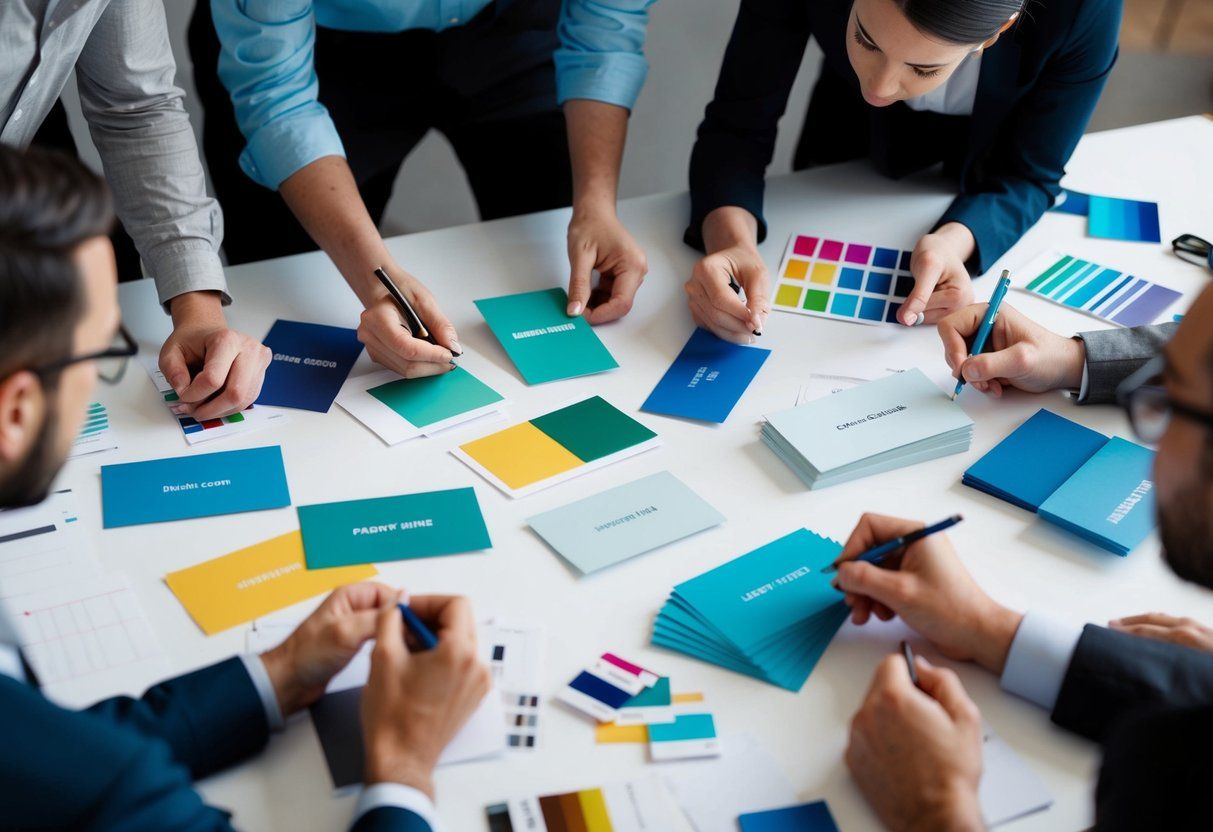
We often receive questions about business card design. This section provides clear answers to common inquiries on essential elements, creative ideas, costs, best practices, and tools for designing effective business cards.
What are the essential elements to include in a business card design?
Essential elements for a business card include your name, job title, company name, and contact information. It’s also important to include your logo and a professional design that reflects your brand.
Can you suggest some creative ideas for unique business card designs?
Creative ideas for business cards can include using unusual shapes, textures, or finishes. Consider incorporating interactive elements like QR codes or augmented reality features. Using vibrant colors or eye-catching graphics can also help your card stand out.
How much does it typically cost to hire a designer for my business cards?
The cost to hire a designer can vary widely. On average, prices range from $50 to $500, depending on the designer’s experience and the complexity of the design. It is a good idea to discuss your budget upfront.
What are the best practices for designing a business card that stands out?
Best practices include keeping the design clean and uncluttered. Use legible fonts and limit the number of colors to enhance readability. Ensure that your contact information is easy to find.
How can a well-designed business card contribute to my business promotion?
A well-designed business card serves as a marketing tool that represents your brand. It helps create a memorable first impression and encourages potential clients to reach out to you. A strong design can foster trust and credibility.
What software or tools can you recommend for designing a professional business card?
We recommend tools like Adobe Illustrator, Canva, or Vistaprint for designing business cards. These programs offer user-friendly interfaces and templates to simplify the design process. They also allow you to easily customize your card to fit your needs.…
